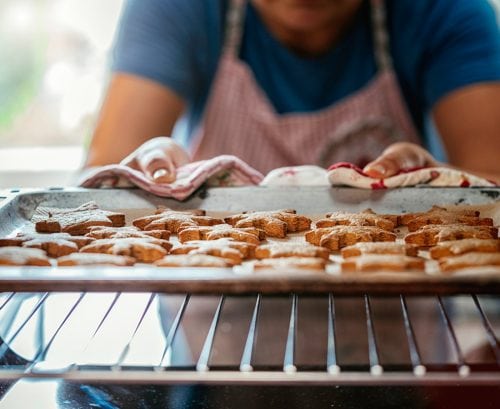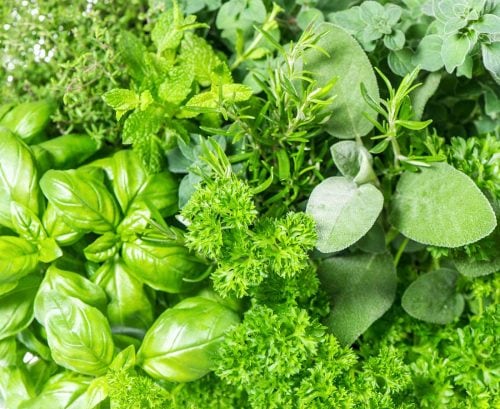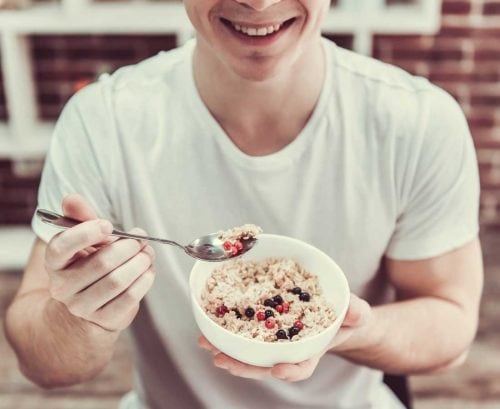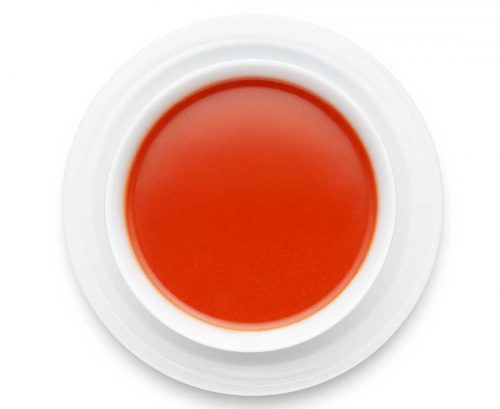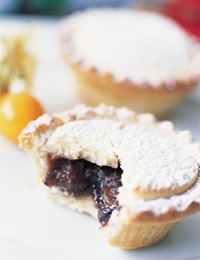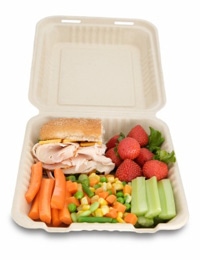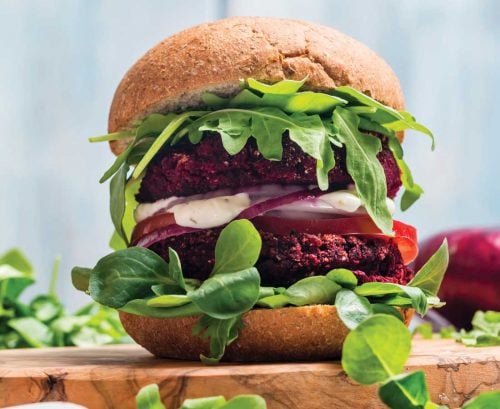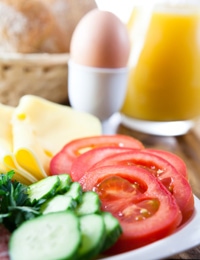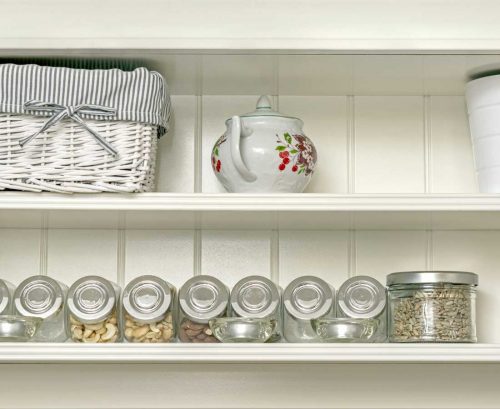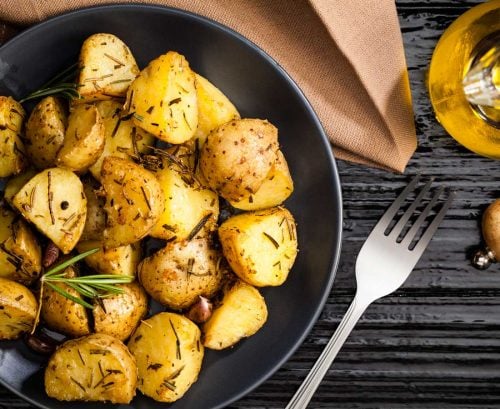
If you are moderately well off, and able to buy yourself nice things – homewares, clothes, fitness gear, gadgets – one of the trendiest things you can do with them right now is throw them out or give them away. The empress of decluttering, Marie Kondo, advises us to get a hold of every possession we own with two hands, and discard anything that doesn’t ‘spark joy’, a phrase so popular it’s become a meme. Gretchen Rubin, a bestselling author on happiness and habits, has a new book coming out next year called Outer Order, Inner Calm. These books are only two of the 18,600,000 or so results that come up when you do an internet search for ‘decluttering’. I admit that, in getting ready for my move from a three-bedroom house to a 70m2 flat, I’ve been relishing the opportunity to get rid of stuff.
But that’s not what this month’s blog post is about.
A funny thing happened to me last Sunday. I lost my sipper drink bottle, the kind that has a sort of a straw poking out of the top that allows you to do something the manufacturer calls ‘vertical drinking’ – you don’t have to tilt the bottle or unscrew a cap to drink. I needed to wait until the weekend to go shopping for a replacement. ‘No problem,’ I thought. ‘I’ll just take a cup to school and refill it whenever I have a spare moment. I’ve always thought it’s much more civilised to drink out of a cup or a glass than a sipper bottle anyway. Or I’ll take my other drink bottle, the kind you take the lid off when you need a drink. By the end of the week, I’ll probably realise I don’t even need to buy a replacement.’
Nothing worked. Up until that week, I’d stuck to my goal of six or more glasses of water a day and now I was down to two or three if I was lucky. I was thirsty and cranky. Every time I thought, ‘Now’s a good time to leave the classroom and go fill up a cup’, I was ambushed and side-tracked by a student or colleague. My old sipper bottle had allowed me to quickly take a sip between classes or on the drive to or from school, which was impractical with a cup or a screw top bottle. True, I could have worked on my self-discipline and practised saying ‘no’ to prioritise my water drinking habit, but in the end, I didn’t even wait for the weekend to go shopping for a replacement.
So, I’ve written a few hundred words in praise of a water bottle, but I could just as easily have written about my little rubber bracelet with an LED light that gets me through my early morning runs safely, even in the darkest winter. Or the fruit and vegetable delivery company that makes it easier for me to snack well. The Buddhist monk in my head is not happy about my bottle woes, and neither is my social conscience; both agree I should be able to do without a water bottle that, at $20 to $30, would be unaffordable for many of the families whose kids I teach.
Among my friends, I’m known as someone who does without a lot of stuff, such as a TV or – for almost a year after my flatmates moved out – any lounge furniture at all. I actually overheard my friend scolding her child as they were outside my front door:
‘Mum, do you think Lynne will have some furniture in her house this time?’
‘Don’t you mention anything about her furniture. It’s rude. Pretend you don’t notice.’
There is plenty I can live without, but I’m just going to admit it, there are a few products I find almost essential to maintaining healthy habits at the busiest of times. It’s only when I have to do without them I realise how lucky I am to be able to buy them, and I’m very grateful too.
This blog is the opinion and experiences of its author and should not be taken as medical or dietetic advice. Healthy Food Guide has not verified the content and cannot endorse any advice given. Healthy Food Guide recommends seeking professional health advice for specific complaints or symptoms.










